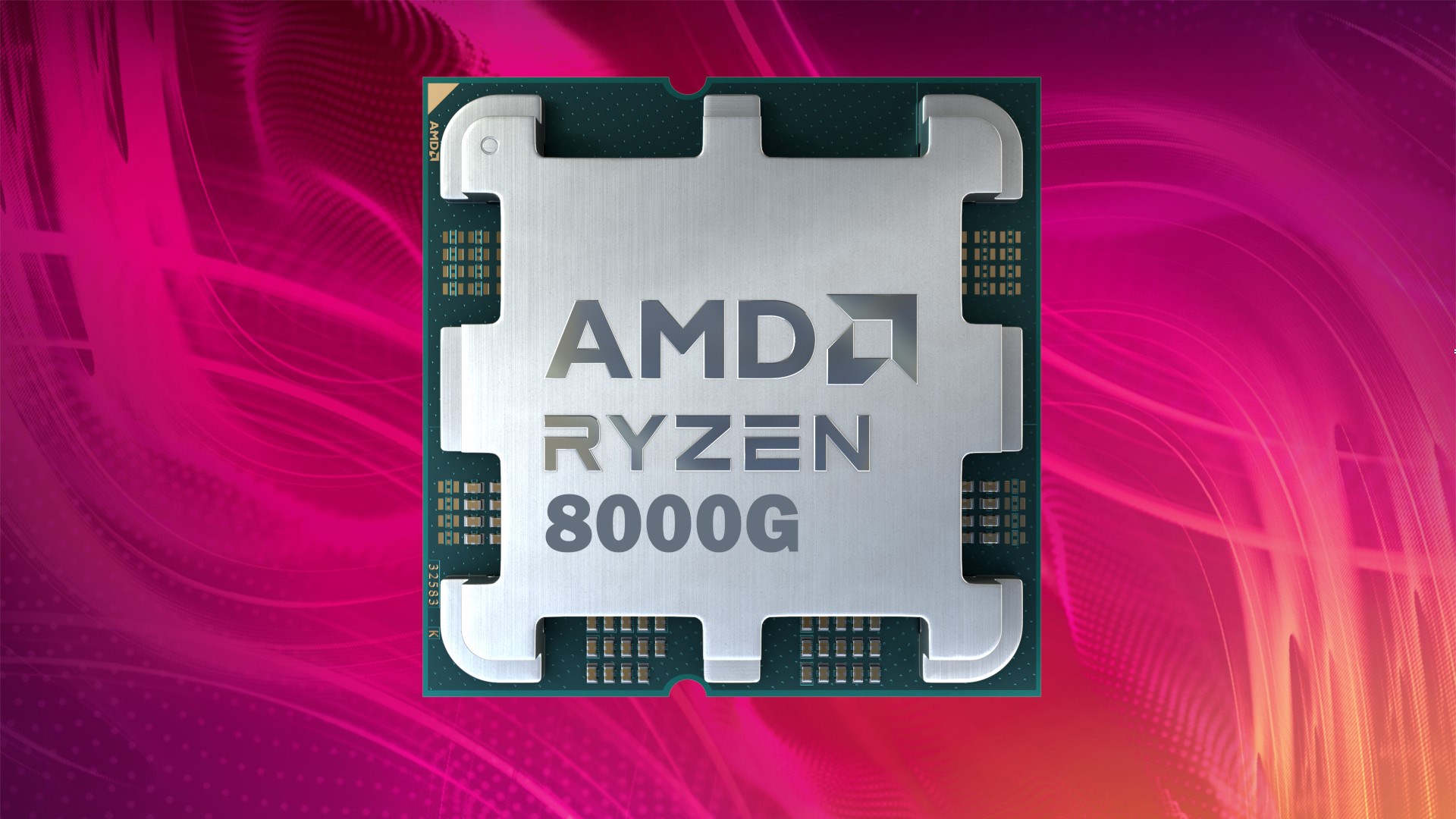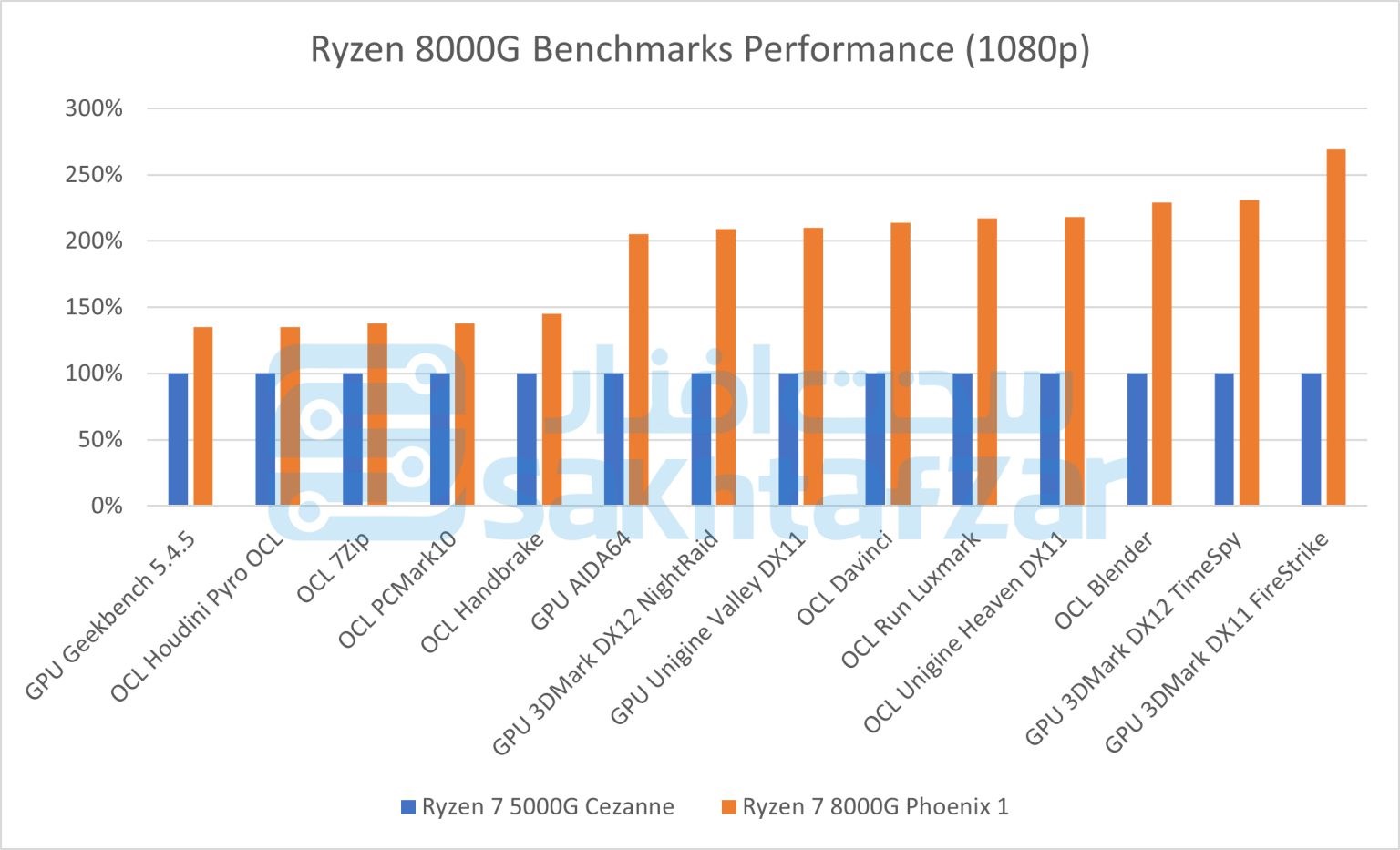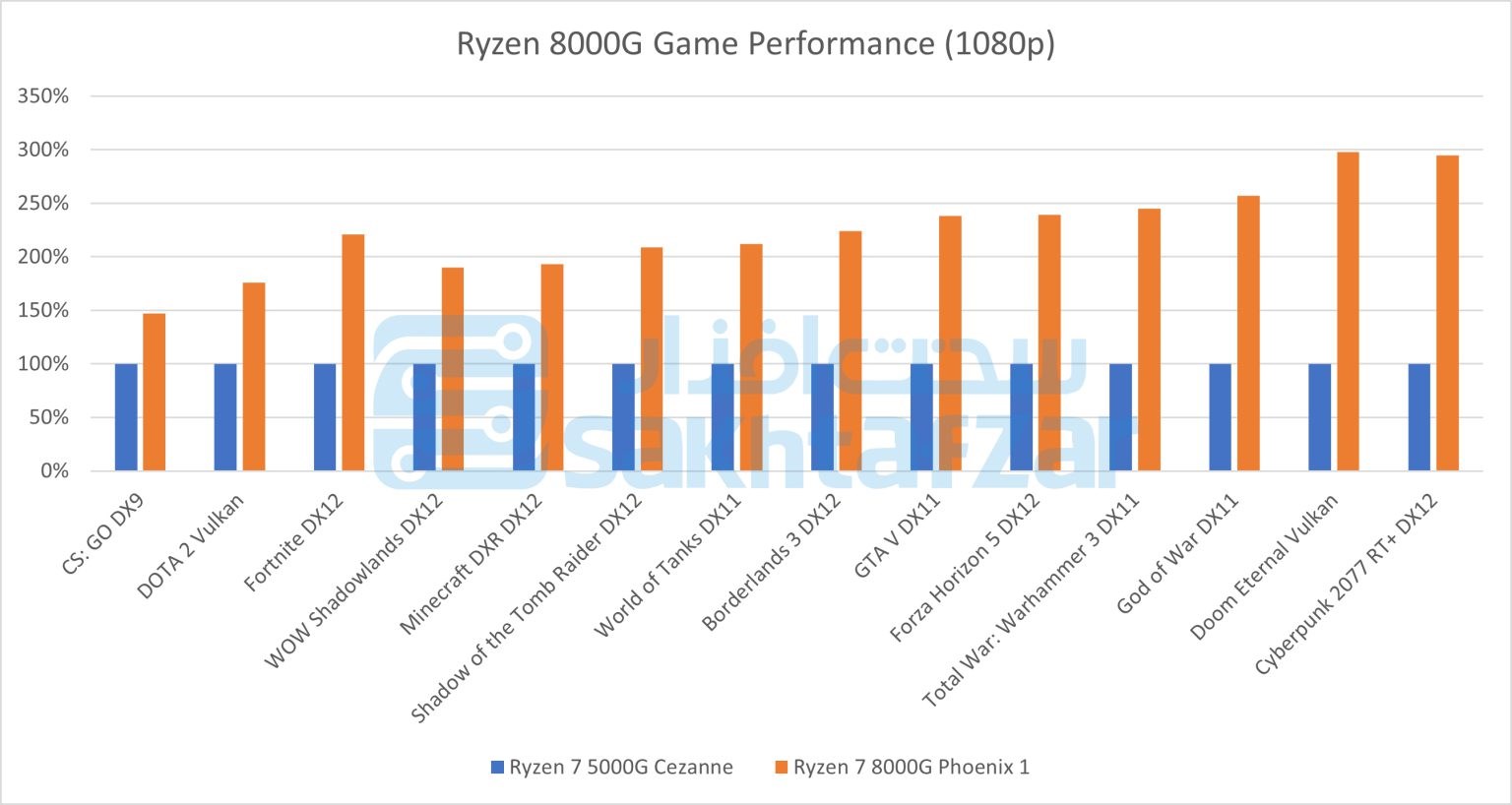 The technical specifications and game performance comparisons of the Ryzen 8000G “Phoenix” APU family developed by AMD for the AM5 desktop platform have been revealed. It seems that the new series will please those who expect it in terms of performance. Because the latest details show that the Ryzen 8000G “Phoenix” APU family is 2.5 times faster than the Ryzen 5000G in gaming tests.
The technical specifications and game performance comparisons of the Ryzen 8000G “Phoenix” APU family developed by AMD for the AM5 desktop platform have been revealed. It seems that the new series will please those who expect it in terms of performance. Because the latest details show that the Ryzen 8000G “Phoenix” APU family is 2.5 times faster than the Ryzen 5000G in gaming tests.Ryzen 8000G APUs, which will use desktop AM5 sockets, benefit from two basic technologies; The first is the Zen 4 core architecture that will power the CPU side, and the second is the RDNA 3 core architecture that will power the graphics side.
Ryzen 8000G APUs became clear
As for the specifications, AMD Ryzen 8000G APUs will be available in both PRO and non-PRO models that share the same specifications. The flagship model will be the Ryzen 7 8700G, which will offer 8 cores, 16 threads, 4.2 GHz base clock and 5.1 GHz boost clock speeds. There is also a Ryzen 5 8600G APU with 6 cores, 12 threads, 4.35 GHz base clock and 5.0 GHz boost speed. Both of these APUs will be based on the Phoenix 1 die and offer OC support.
Phoenix 2 models will include the 6-core and 12-thread Ryzen 5 8500G and the 4-core and 8-thread Ryzen 3 8300G. The 8500G will run at a base clock of 3.55 GHz and a boost clock of 5.0 GHz, while the 8300G will run at a base clock of 3.45 GHz and a boost clock of 4.90 GHz. These two chips will be based on the Phoenix 2 die and will have PBO support, excluding OC (manual) capabilities. Phoenix 2 chips will also lack high-end RDNA 3 iGPUs like the Radeon 780M and 760M. These will be replaced by the Radeon 740M, which has only 4 processing units.
All standard Ryzen 8000G AM5 APUs will have 65W/45W TDPs, but each line will also come with 35W “GE” options with the same core configurations albeit at slightly lower clock speeds. It is said that these APUs will be released on January 31, but February 11 is indicated for general access.
Performance is attractive
 Some benchmarks of AMD Ryzen 7 8700G (Phoenix 1) products in various games and synthetic benchmarks at 1080p have also been shared. Benchmarks are made between the Ryzen 7 5700G “Cezanne” offering a Radeon Vega iGPU with 8 threads (512 SP) and the RDNA 3 iGPU on the Ryzen 7 8700G with 12 threads (768 SP).
Some benchmarks of AMD Ryzen 7 8700G (Phoenix 1) products in various games and synthetic benchmarks at 1080p have also been shared. Benchmarks are made between the Ryzen 7 5700G “Cezanne” offering a Radeon Vega iGPU with 8 threads (512 SP) and the RDNA 3 iGPU on the Ryzen 7 8700G with 12 threads (768 SP). According to this comparison, in terms of performance, the new family comes with a performance increase of more than 2.5 times. Judging by the performance, these chips seem to be very good chips for low-budget gaming and general office users. The question is, what will the prices be like? This information will begin to become clear in the coming months.
According to this comparison, in terms of performance, the new family comes with a performance increase of more than 2.5 times. Judging by the performance, these chips seem to be very good chips for low-budget gaming and general office users. The question is, what will the prices be like? This information will begin to become clear in the coming months.